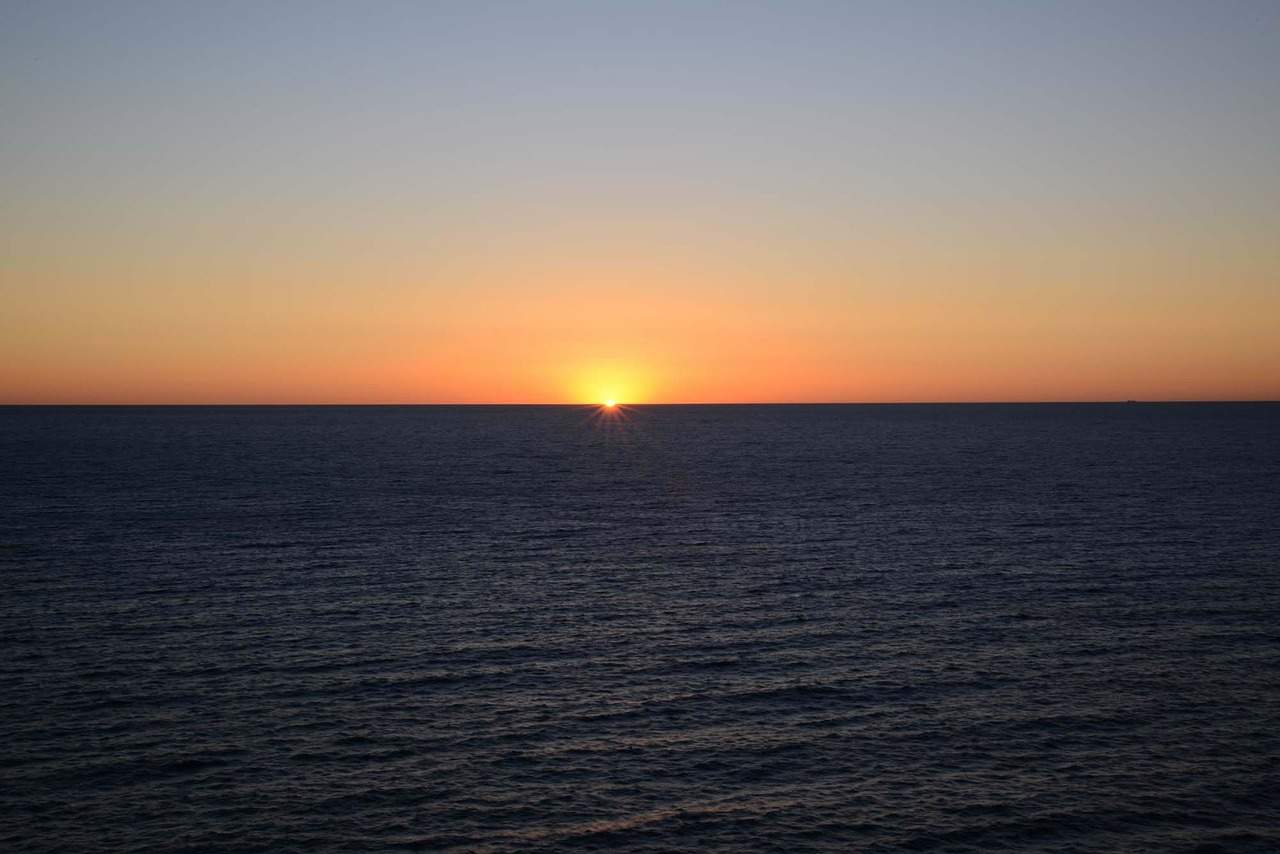Green lifestyle
My love for the oceans
Plastic Pollution in the Oceans
My love of the oceans goes way back. Back to when I first watched Titanic and those first images of the Unsinkable way down, thousands of feet into the cold waters of the North Atlantic. I remember being fascinated by the way in which the sea, once it engulfed something, recreated it, populating it with new life and new meaning. That abundance that the ocean had to offer to everything it took always moved me, intrigued me.
What I felt
I drifted away from this love of mine in my teenage years, only to have it come back to me three times stronger once I went scuba diving for the first time in Thailand. Going down only 15 metres in the water was enough to reveal a whole new world to me. A world of a self-sufficient life, schools of healthy fish, hundred-year-old corals, infinite depths where, no doubt, many more wonders lie. After diving in such generous, life-giving waters, the pollution, man-made waste and destruction that the surface had to offer was such a stark contrast to what I had experienced underwater that it shocked me into taking action. After that trip, I decided that in order to be a part of the ocean’s health, rather than its demise, I would change my lifestyle profoundly and embark on a transition to zero-waste living.
What is the impact of plastic in our oceans?
Plastic is deadly for marine wildlife. Hundreds of marine species die because of starvation by ingesting plastic. Some get entangled in plastic wires/wraps and die of suffocation.
How to reduce plastic pollution?
- Reduce the overall plastic consumption, especially of single-use plastic items.
- Switch to eco-friendly alternatives for a sustainable future.
- Start with making small tweaks in your day to day life.
What I did
The first thing I did when I got home was to throw away my last plastic toothbrush. Reading up on plastic pollution, I learned that 80 million pounds of new toothbrushes litter our landfills every year. Inevitably, a lot of them also make their way to our oceans. Eco-blogs that I read up on were very happy with their bamboo (compostable!) toothbrush alternatives, so it seemed like a no-brainer for me to make the switch immediately. However, the only available bamboo toothbrushes offered in specialized stores in Montreal were wrapped in … plastic! It seemed hypocritical to me, on the one hand, eliminate one plastic pollutant for another. So I had to order online to find paper-wrapped bamboo toothbrushes, which made it much more expensive! What’s great about Ola Bamboo is that you have an all-around compostable product and packaging + it’s a local product, so it’s way more affordable than what’s on the market right now!
What are the alternatives to everyday plastic items?
Switching to eco-friendly lifestyles require small changes like
- Replace your plastic toothbrush with a biodegradable bamboo toothbrush.
- Say no to single-use plastic cutlery and carry your own reusable bamboo utensils where ever you go.
- Make a shift from single-use makeup remover wipes to reusable makeup remover pads.
- Single-use plastic straws solely account for a major portion of plastic waste in the oceans. It’s wise to start using reusable bamboo straws ideal for both hot and cold drinks.
- Dental floss is another item of daily usage. Buy eco-friendly natural dental floss.
- Bamboo cotton swabs are the best alternative to plastic ones. Government of many countries has banned the use of plastic swabs as they were the major source of pollution on beaches.
- Say no to plastic bags while shopping grocery or vegetables. Reusable produce bags are a more convenient option as they also help in keeping the produce fresh.
I really wish it had been available a year ago but I’m glad it is now! I will be blogging for them regularly about my zero-waste transition, sharing stories, opinions, anecdotes and tips that I discover as I go along! Looking forward to connecting with like-minded, eco-conscious citizens! J
– MD


